Terms
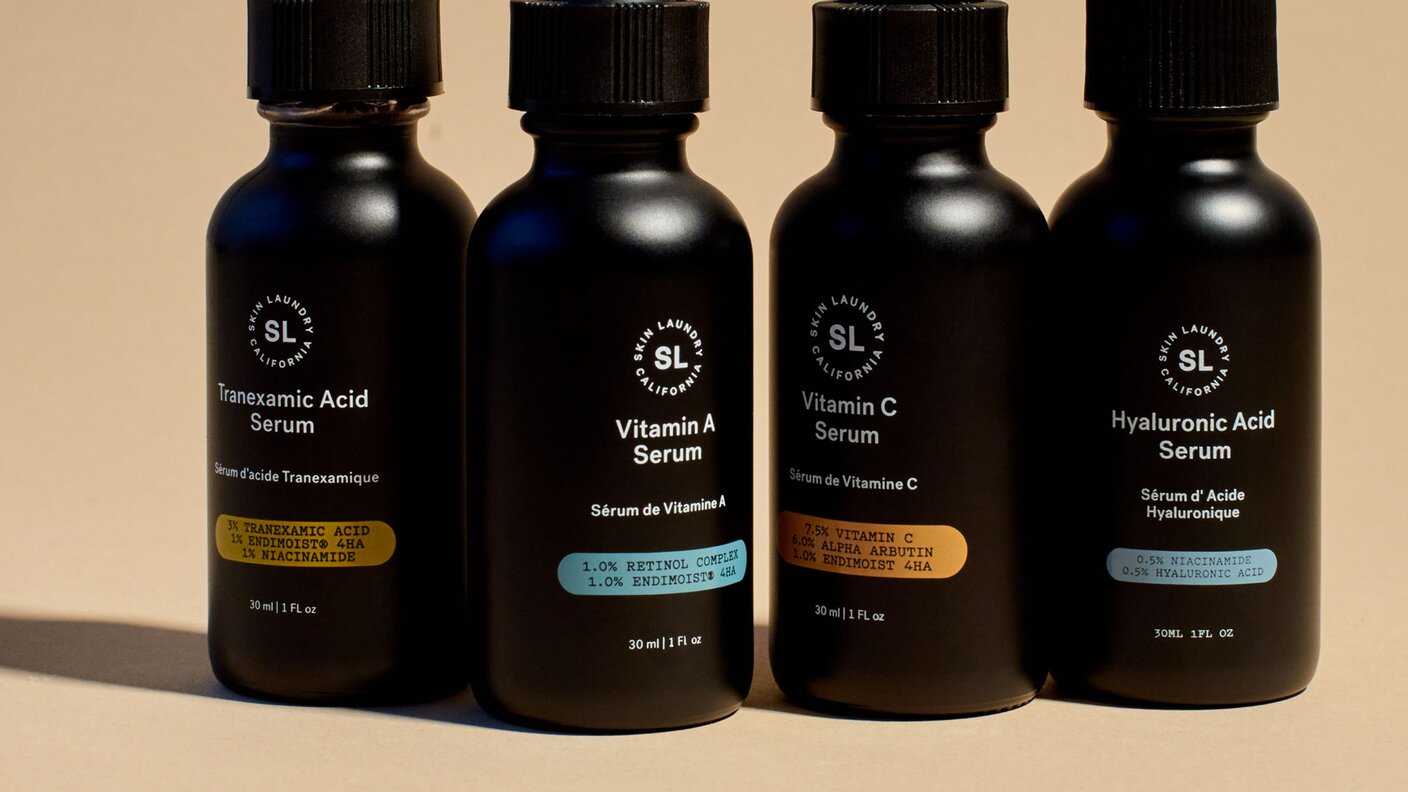
DOCTOR'S NOTE
All About Serums
Serums deliver a highly concentrated, potent dose of active ingredients to the skin to target specific skin concerns
Cleansers and moisturizers are self-explanatory—their names describe their purpose, after all. Serums are another story. With a high concentration of active ingredients, serums differ from other skincare products by delivering a high dose of active ingredients to treat specific skincare concerns.
But what makes serum such a powerful skincare product, and what’s the best way to work one (or several) into a glow-boosting skincare regime? Ahead, we’ve compiled a complete guide to serums, including what these hero skincare products are for, how to use them and how to pick the perfect serum for your skincare needs.
What is a Serum?
A serum is a topical product that delivers a high dose of active ingredients—such as Vitamin C, A, Tranexamic Acid or Hyaluronic Acid—into the skin. Serums have a lightweight consistency, which helps them penetrate the skin and let their active ingredients sink in. Depending on their active ingredients, serums can tackle a wide range of skincare concerns ranging from fine lines and dark spots to uneven tone and texture.
How Is a Serum Different From a Moisturizer?
When it comes to your daily skincare routine, serums and moisturizers play very different roles. A skin serum is not a moisturizer, like a lotion or cream, but a highly concentrated formulation that is designed to sink into the skin quickly, delivering an intensive dose of ingredients to address specific skin concerns such as dark spots, wrinkles and dullness.
Serums are therefore lightweight formulas that are quickly absorbed while moisturizers are thicker, working on the surface of the skin to create a barrier that locks in moisture and prevents dehydration. Serums should be used before a moisturizer and in addition to, not in place of, a moisturizer.

How to Use Serum in a Skincare Regime
In a typical skincare regime, products are layered in order of consistency, from thinnest to thickest. This system allows the lighter-weight product to absorb into the skin first, without interference from the thicker products.
After cleansing, dermatologists recommend applying toner, then using serum and then applying moisturizers, creams or face oils. In the daytime, the whole routine should be topped off with an SPF30 or higher.
Read more about how to properly layer your skincare here.
Skin Laundry Serums
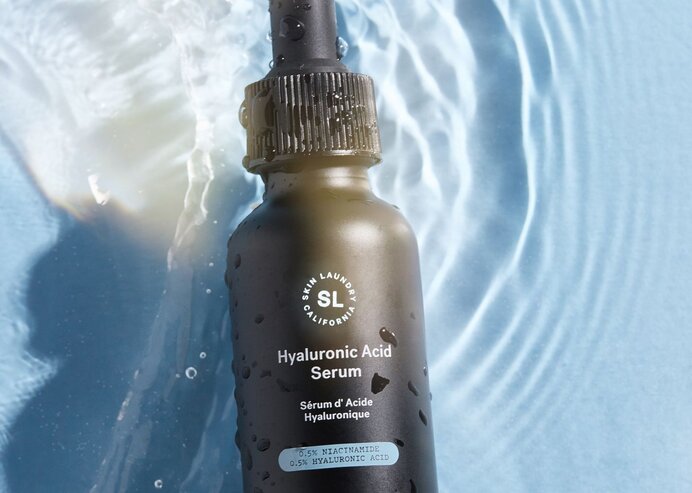
Hyaluronic Acid Serum
Hyaluronic Acid is a humectant that can hold up to 1,000 times its own weight in water. Humectants are substances that attract and hold onto water molecules, and, in skincare, Hyaluronic Acid is the hero of humectant ingredients, infusing the skin with moisture without irritation resulting in a plumper, dewier complexion.
Suitable for all skin types, our Hyaluronic Acid Serum targets the appearance of fine lines and wrinkles and supports hydration in the skin. Ideal for use day and night, this product pairs well with all our other serums.
Pro tip: Hyaluronic Acid must always be applied to slightly damp skin and should always be followed by an emollient moisturizer to keep that hydration locked in.
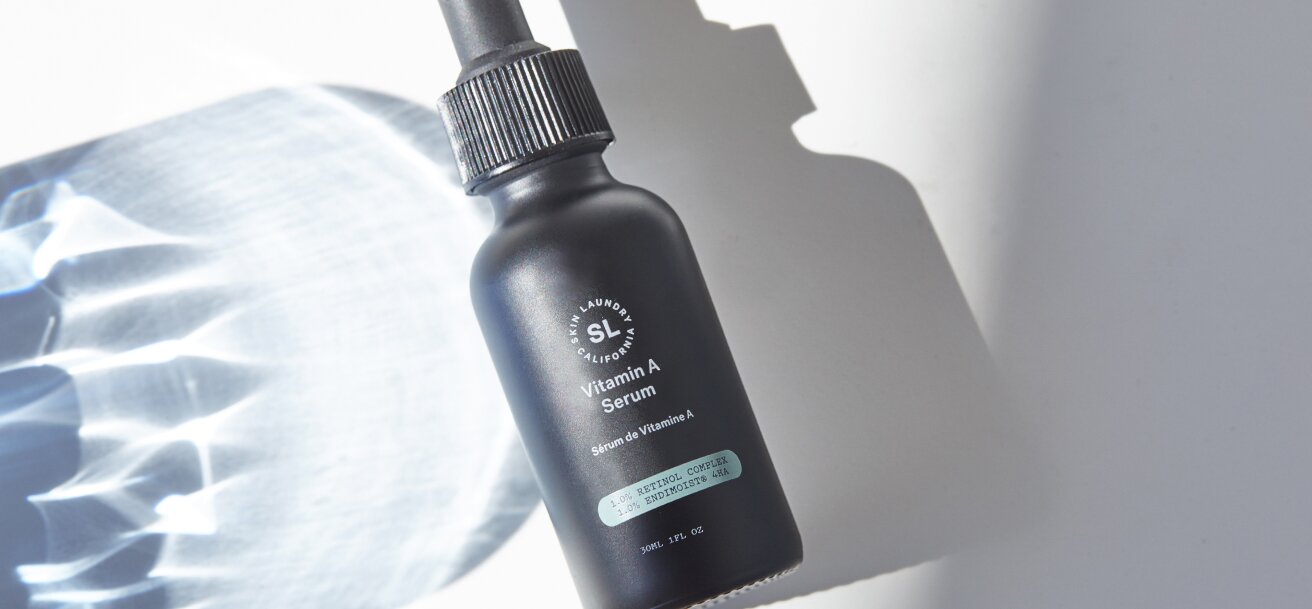
Vitamin A
Vitamin A, also known as retinol, increases cell turnover and stimulates collagen production, improving the appearance of fine lines and wrinkles, fading hyperpigmentation and delivering a brighter, more even-toned complexion. Retinol can also slow the production of melanin to reduce the appearance of dark spots and diminish breakouts and blemishes.
Those new to Vitamin A should start by using the serum at night a few times a week. Over time, your skin will learn to tolerate the ingredient and you can build up to nightly use.
Though recommended for most skin types, Vitamin A serum should be used in conjunction with moisturizer with caution on dry or sensitive skin. You may try a technique known as “skin sandwiching,” which involves applying Vitamin A between two layers of moisturizer to slow down its absorption into the skin, which can help reduce irritation or dryness. It is not recommended for use during pregnancy.
Pro-tip: While SPF is a crucial part of any skincare regime, it’s particularly important to use it in conjunction with Vitamin A, as this active can make the skin more sensitive to UV exposure.
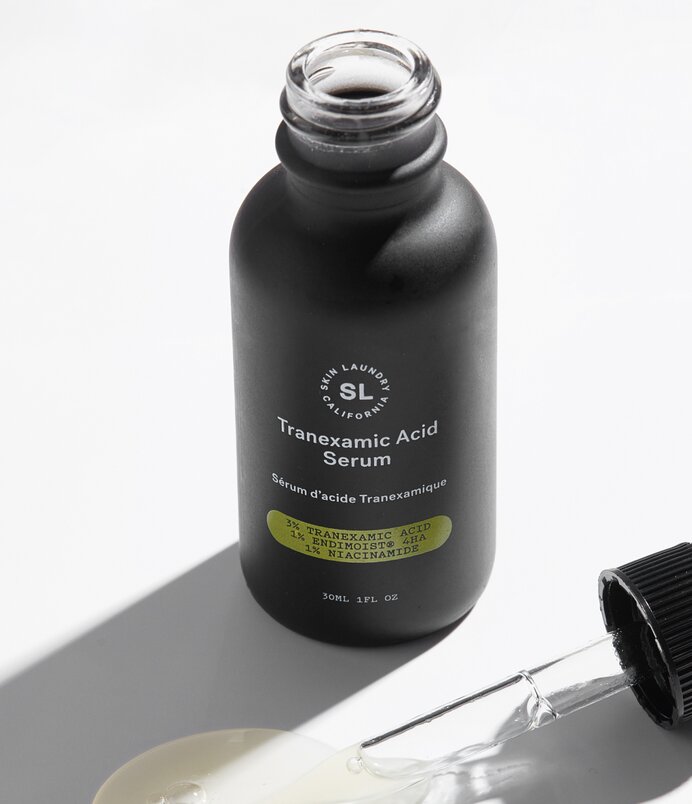
Tranexamic Acid Serum
Tranexamic Acid is an ingredient that prevents dark spots and melasma by inhibiting hyperpigmentation. Safe for all skin types and non-irritating, when applied topically this ingredient is highly effective at treating hyperpigmentation, melasma and even rosacea, delivering a more even skin tone, less redness and supporting the skin barrier.
Our Tranexamic Acid Serum is ideal for anyone with melasma, post-inflammatory hyperpigmentation or dark spots. It can be used morning or night.
Like Vitamin A, Tranexamic Acid is not recommended for use during pregnancy.
Tranexamic Acid should also not be layered with Vitamin A as this may cause irritation.
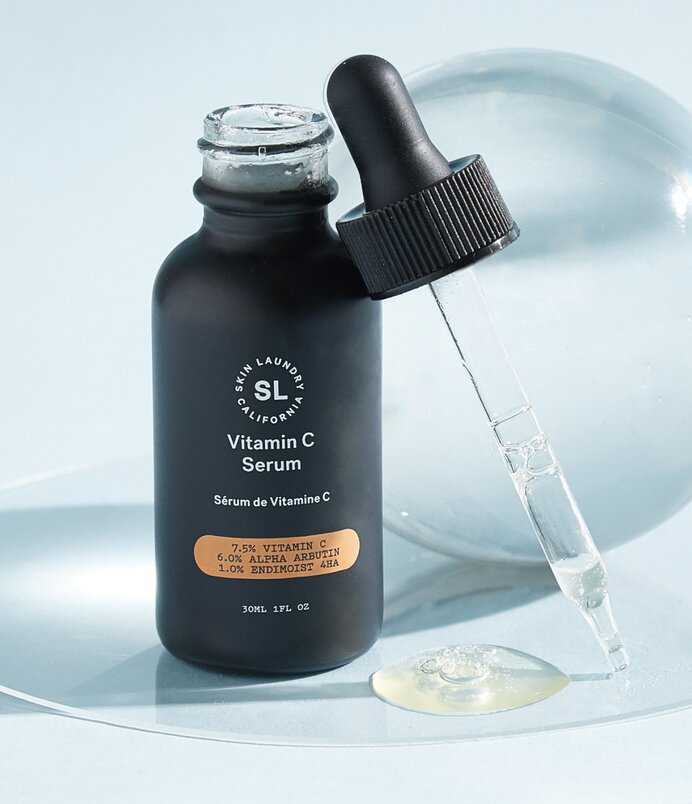
Vitamin C Serum
Vitamin C is a powerhouse antioxidant ingredient synonymous with brighter, more even-toned skin. Vitamin C helps boost collagen formation, promoting skin firmness and elasticity. And, when applied topically, this active ingredient also works to brighten discoloration and deliver a more radiant complexion.
Suitable for all skin types, Skin Laundry’s Vitamin C Serum treats dark spots, fine lines and wrinkles, uneven tone and dullness.
Ideal for use in the morning, the serum is infused with alpha arbutin to boost the complexion’s overall radiance and protect the skin from free-radical damage.
Pro tip: When using a Skin Laundry serum, use the enclosed pipette to drop serum into your hands, and then use your palms to apply the product, pressing it into the skin.
Can You Layer Serums?
Though some ingredients should not be used in combination—for instance, using Vitamin A in conjunction with Vitamin C could irritate the skin— there are some serums you can layer.
In terms of order, the rule of thumb is to first apply the serum that targets your main skincare concern; then, add complementary serums on top allowing each to dry before applying the next.
How might this look in a Skin Laundry skincare regime? Below, find suggestions for three ways to layer our serums, based on your skincare concerns.
Hyperpigmentation: If your primary skincare concern is post-inflammatory hyperpigmentation and you also have dryness, apply Skin Laundry’s Tranexamic Acid first, followed by Skin Laundry’s Hyaluronic Acid Serum.
Fine Lines & Wrinkles: If your primary skincare concern is fine lines and wrinkles, apply Skin Laundry’s Vitamin A serum first, then top it off with a layer of Skin Laundry’s Hyaluronic Acid serum for a boost of hydration.
Dullness: For those with dull yet sensitive skin, apply Skin Laundry’s Hyaluronic Acid Serum first to support the skin barrier. Follow with Skin Laundry’s Vitamin C or A Serum, which can be layered on top, preventing irritation.
Doctor’s Note
After every Skin Laundry facial, incorporating Hyaluronic Acid into your post-care regime will keep the skin hydrated and glowing while enhancing the effects of the treatment.
Additional Reading
Your Shopping Bag
Your shopping bag is empty











